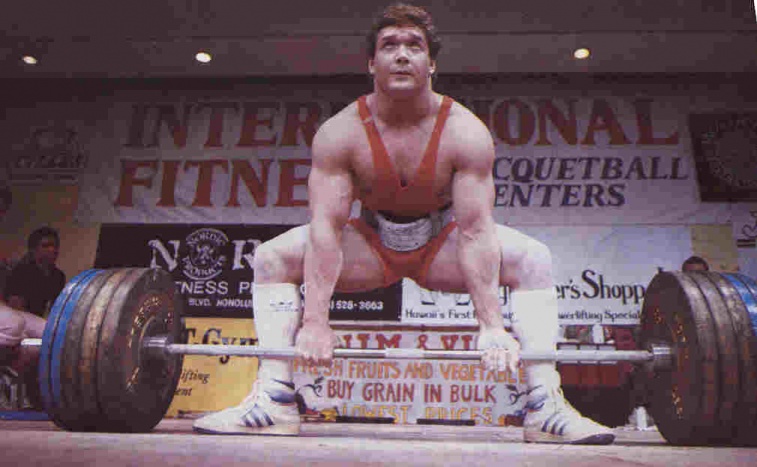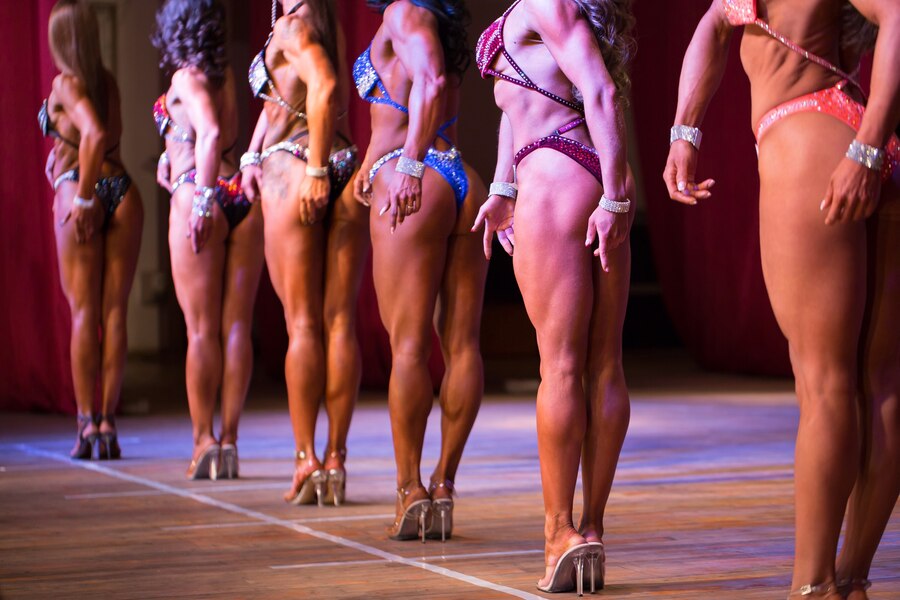Powerlifting demands strength, resilience, and consistency to excel in the big three lifts: squat, bench press, and deadlift. Among these, the bench press places significant stress on the shoulders, requiring powerlifters to maintain optimal shoulder health for both performance and injury prevention. Shoulder issues can derail progress, compromise lifts, and keep athletes out of the gym. This guide will explore shoulder mechanics, common injuries, and effective exercises to strengthen the shoulders, enhance mobility, and keep powerlifters healthy for the long haul. And don’t forget, there is a link between hip health and shoulder health, so don’t forget full body health and mobility.
The Role of the Shoulder in Powerlifting
The shoulder joint, or the glenohumeral joint, is a ball-and-socket joint with an exceptional range of motion. It is stabilized primarily by the rotator cuff muscles, along with support from the deltoids, traps, rhomboids, and lats. During powerlifting, the shoulders play a critical role:
- Bench Press: The shoulders stabilize the bar, control the descent, and drive the upward movement.
- Squat: Shoulder mobility is essential for maintaining a tight upper-back position to stabilize the barbell.
- Deadlift: While less shoulder-intensive, strong and healthy shoulders contribute to posture and upper back integrity.
Overuse, improper mechanics, and muscle imbalances can easily lead to shoulder injuries such as impingements, rotator cuff tears, and labral issues. Understanding how to strengthen and protect the shoulders is key for long-term success in powerlifting.
Common Shoulder Issues in Powerlifters
- Rotator Cuff Tendinitis: Inflammation of the rotator cuff tendons due to repetitive stress, especially in bench pressing.
- Shoulder Impingement: Compression of the rotator cuff tendons and bursa within the shoulder joint.
- Labral Tears: Damage to the cartilage (labrum) that stabilizes the shoulder socket.
- AC Joint Irritation: Overload or strain of the acromioclavicular joint, often from heavy bench pressing.
- Muscle Imbalances: Overdeveloped anterior delts relative to the posterior chain, leading to poor posture and instability.
Keys to Shoulder Health for Powerlifters
1. Mobility
Shoulder mobility is essential for achieving proper bench press technique and maintaining bar position during squats. Focus on improving thoracic spine extension and external rotation.
2. Strengthening the Rotator Cuff
A weak or neglected rotator cuff can destabilize the shoulder joint, increasing injury risk.
3. Balancing the Push-Pull Ratio
Powerlifters often overemphasize pressing movements. Prioritizing horizontal and vertical pulling can correct imbalances and improve shoulder health.
4. Scapular Stability
Strong scapular stabilizers (traps, rhomboids, and serratus anterior) help maintain proper shoulder alignment and mechanics.
Effective Shoulder Exercises for Powerlifters
1. Face Pulls
- Purpose: Strengthens the rear delts, traps, and rotator cuff while reinforcing external rotation.
- Execution:
- Use a rope attachment on a cable machine.
- Pull the rope towards your face, externally rotating your shoulders as you spread the rope apart.
- Focus on squeezing your shoulder blades together.
- Sets/Reps: 3-4 sets of 12-15 reps.
2. Band Pull-Aparts
- Purpose: Improves posture and strengthens the posterior delts and rhomboids.
- Execution:
- Hold a resistance band at shoulder height with a wide grip.
- Pull the band apart until it touches your chest while keeping your shoulders down and back.
- Sets/Reps: 3-4 sets of 15-20 reps.
3. External Rotations with Dumbbells or Bands
- Purpose: Targets the rotator cuff and improves shoulder stability.
- Execution:
- Use a light dumbbell or resistance band.
- Keep your elbow at a 90-degree angle and rotate your arm outward without moving your shoulder.
- Sets/Reps: 3 sets of 12-15 reps per arm.
4. Scapular Wall Slides
- Purpose: Enhances scapular mobility and shoulder function.
- Execution:
- Stand with your back against a wall, arms in a “W” position.
- Slide your arms upward into a “Y” position while maintaining contact with the wall.
- Sets/Reps: 3 sets of 10-12 reps.
5. Prone YTWs
- Purpose: Strengthens the lower traps, rhomboids, and rotator cuff.
- Execution:
- Lie face down on a bench.
- Lift your arms into a “Y,” then a “T,” and finally a “W” position, squeezing your shoulder blades at each position.
- Sets/Reps: 3 sets of 8-10 reps for each position.
6. Overhead Carry
- Purpose: Builds shoulder stability and strengthens the traps and serratus anterior.
- Execution:
- Hold a kettlebell or dumbbell overhead with a locked-out arm.
- Walk for distance or time while keeping your shoulder stable and core tight.
- Sets/Reps: 3 sets of 20-30 seconds per arm.
Programming for Shoulder Health
Incorporate shoulder health exercises 2-3 times per week, ideally at the end of your main powerlifting sessions. Rotate between different exercises to target all aspects of shoulder stability, strength, and mobility.
Sample Shoulder Health Routine:
- Face Pulls: 3×12-15
- Band Pull-Aparts: 3×15-20
- Dumbbell External Rotations: 3×12-15
- Overhead Carries: 3×20-30 seconds
For mobility, include thoracic extensions, scapular wall slides, and light dynamic stretches before bench pressing or squatting.
Conclusion
Shoulder health is a cornerstone of powerlifting performance and longevity. By addressing mobility, strengthening the rotator cuff, and balancing your push-pull training, you can avoid common injuries and improve your lifts. Incorporate these exercises into your routine to build stronger, healthier shoulders capable of handling the rigors of powerlifting. Remember: consistent maintenance today leads to sustained success tomorrow.


